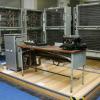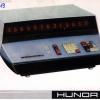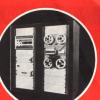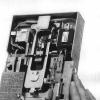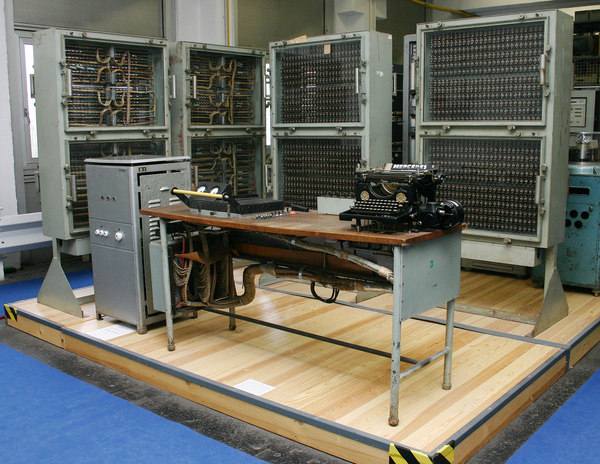The heyday of cybernetics in Hungary
Every modern digital computer in the world is set up on the principles (principle of the stored program) described by the Hungarian-born American mathematician, John von Neumann (1903-1957).
Neumann made his own concept available for the whole world.The history of modern computer science started in the 1940s and 50s - while the Second World War was ending the World War II and the Cold War was starting. Computer research began in the Soviet bloc as well, although in the era of Stalinism cybernetics was considered a “dangerous civil pseudoscience”. This point of view slowly changed starting in the second half of the 50’s.
By the end of the 1950s the first working Hungarian computers began to appear, which also inspired and influenced professors to teach cybernetics (László Kalmár in Szeged, László Kozma in Budapest). These first Hungarian electronic computesr were built by developing further on a Soviet plan – and a high school teacher called Mihály Kovács introduced it to his pupils. The Hungarian Central Statistical Office also used modern computers and punch-card data processing systems. The company IBM was even allowed to be present in the country to help them set up these systems.
There were exactly five computers in operation in Hungary by the year 1960. At the beginning of the 1960s the first producers of Hungarian cybernetics introduced themselves and their products at the Budapest Expo to the inquiring and questioning audience.
Computer science as a discipline had finally started to take shape behind the ‘Iron Curtain’ in the form of bigger university departments and research institutes that would fulfil political and economic needs.

How to cite this page
Gábor Képes, 'The heyday of cybernetics in Hungary', Inventing Europe, http://www.inventingeurope.eu/story/the-heyday-of-cybernetics-in-hungary
Sources
- "László Kalmár, 1905-1976." JOC/EFR, September 2000. http://www-history.mcs.st-andrews.ac.uk/Mathematicians/Kalmar.html
- "László Kozma: 1996 Computer Pioneer Award." IEEE Computer Society. Accessed January 8, 2013 http://www.computer.org/portal/web/awards/kozma
- Kovács, Győző. Válogatott kalandozásaim Informatikában, GÁMA-GEO Kft., 39-79, 119-256. Budapest: Masszi Kiadó, 2002.
- Kovács, Győző. The short history of M-3, the first Hungarian Electronic Digital Tube Computer, accessed July 1, 2012. http://web.itf.njszt.hu/wp-content/uploads/2012/09/KGY_M3.pdf
- Kovács, Mihály. “Atomfizika, számítástechnika a Piarista Gimnáziumban (1950-1992).” Fizikai Szemle, no.1 (1994): 35, accessed July 1, 2012. http://www.kfki.hu/fszemle/archivum/fsz9401/kov9401.html
- Szentiványi, Tibor. “A magyarországi számítástechnika kezdete.” In Az informatika fél évszázada edited by Mária Raffai, 93-104. Budapest: Springer, 1997.





